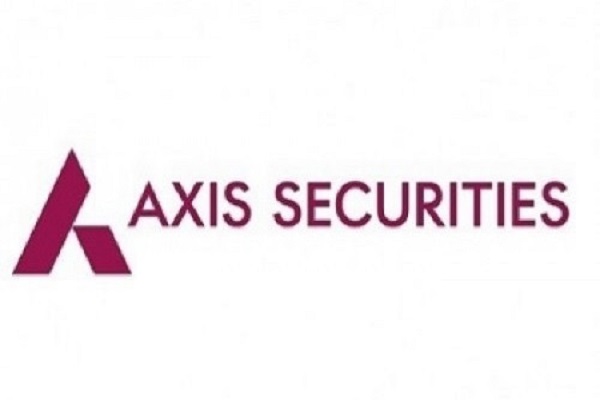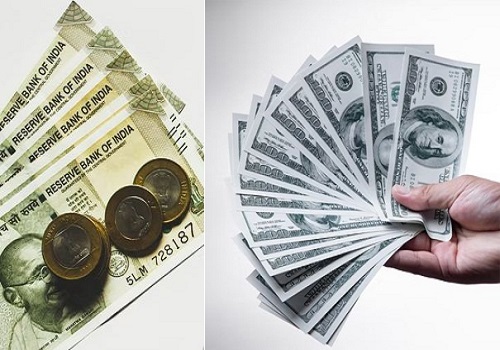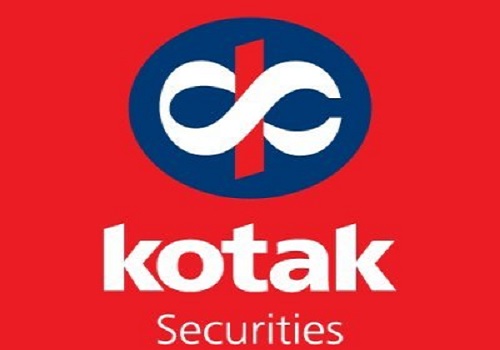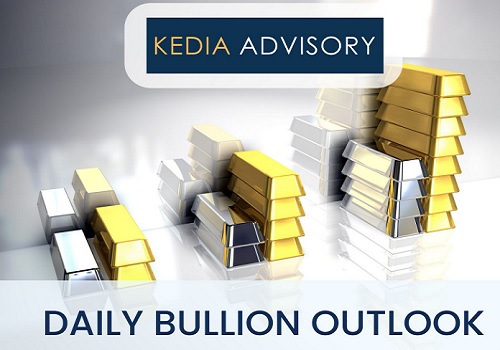Aluminium trading range for the day is 254.7-260.9 - Kedia Advisory

Gold
Gold prices climbed 0.73% to settle at 109847, supported by the U.S. Federal Reserve’s first rate cut of the year. The Fed reduced its benchmark rate by 25 bps but maintained a cautious stance, citing sticky inflation and a cooling labor market. Chair Jerome Powell emphasized that the easing cycle would be gradual, curbing expectations for aggressive cuts. Despite this, gold has surged nearly 39% year-to-date, hitting repeated record highs amid strong central bank demand, geopolitical tensions, and growing expectations of further Fed easing. Traders now assign a 92% probability of another 25-bps cut in October, according to CME FedWatch. Commerzbank upgraded its forecast to $3,600/oz by year-end and $3,800 by 2026, while UBS lifted its 2025 target to $3,800 and mid-2026 to $3,900, citing Fed easing, U.S. dollar weakness, and geopolitical risks. On the physical front, India’s premiums hit a 10-month high at $7/oz despite record prices ahead of the festive season, while discounts in China widened to $21–36/oz, the deepest since 2020. Swiss data showed August gold exports to China jumped 254% to 35 tons, while shipments to India rose modestly, offsetting a sharp drop in flows to the U.S. Technically, the market is under short covering as open interest fell 4.12% to 12069, while prices gained 795 rupees. Gold finds support at 109310, with further downside risk toward 108765. Resistance is pegged at 110155, and a move above could open the way to test 110455.
Trading Ideas:
* Gold trading range for the day is 108765-110455.
* Gold prices edged higher buoyed by the Federal Reserve's first rate cut of the year.
* The Fed cut its key interest rate by 25 basis points but tempered its message with warnings of sticky inflation.
* Swiss gold exports to China surged 254% in August compared with July.
Silver
Silver gained 2.13% to close at 129838 as investors assessed the U.S. Federal Reserve’s policy outlook after its widely expected 25 bps rate cut. The Fed projected two more reductions this year but only one in 2026, while Chair Jerome Powell struck a cautious tone, calling the move a “risk management” step amid labor market weakness. Policymakers also revised GDP growth forecasts higher, highlighting resilience in the U.S. economy. Initial jobless claims came in better than expected, suggesting labor weakness may be less severe than feared, while Minneapolis Fed President Neel Kashkari confirmed support for two further cuts in 2025. On the global front, central bank actions were mixed, with the Bank of Canada also cutting rates, while the Bank of England and Bank of Japan held policy steady. Industrial demand continues to provide a strong floor for silver, driven by solar, EVs, and electronics, alongside supply-side constraints. Silver ETP investment surged, with net inflows of 95 Moz in H1 2025, taking holdings to 1.13 Boz—just 7% shy of the 2021 peak. The value of these holdings crossed US$40 billion for the first time. Technically, silver is under short covering as open interest fell 2.37% to 17412 while prices advanced 2706 rupees. Support is placed at 128190, with a break lower opening 126540, while resistance is at 130800, above which 131760 may be tested.
Trading Ideas:
* Silver trading range for the day is 126540-131760.
* Silver climbed as investors weighed the outlook for US Federal Reserve rate cuts.
* Fed Chair Jerome Powell framed the move as a risk management step in response to labor market weakness.
* Fed’s Kashkari said he supported the decision and penciled in two more cuts for this year.
Crude oil
Crude oil slipped by 1% to settle at 5535 as demand concerns overshadowed optimism from the U.S. Federal Reserve’s first rate cut of the year. Market sentiment was further pressured after U.S. President Donald Trump signaled his preference for cheaper oil over stricter sanctions on Russia, easing fears of major supply disruptions despite Ukrainian strikes on Russian energy assets. The latest EIA data showed a mixed picture. U.S. net imports of crude plunged by 3.1 million bpd to just 415,000 bpd, the lowest on record since 2001, as exports surged to 5.3 million bpd, near a two-year high. Crude inventories fell sharply by 9.3 million barrels to 415.4 million, far exceeding expectations of a modest draw, while stocks at Cushing dropped by 296,000 barrels. Gasoline inventories also declined by 2.3 million barrels, defying forecasts of a build, whereas distillate stocks rose significantly by 4 million barrels, more than quadruple expectations. Meanwhile, OPEC maintained its optimistic global demand outlook for 2025 and 2026, highlighting robust global growth. The latest monthly report also revealed that OPEC+ output increased by 509,000 bpd in August as Saudi Arabia and allies pushed to expand supply and regain market share. Technically, crude oil is under long liquidation, with open interest plunging by 51.32% to 1180 while prices eased by 56 rupees. Support is placed at 5508, with a break lower opening 5482, while resistance lies at 5587, above which further upside towards 5640 is possible.
Trading Ideas:
* Crudeoil trading range for the day is 5482-5640.
* Crude oil falls as demand worries outweigh boost from Fed’s first rate cut of year.
* Trump said he preferred cheaper oil over additional sanctions to pressure Russia to end the war in Ukraine.
* U.S. net imports of crude oil fell 3.1 mbpd to 415,000 bpd last week, the lowest in records going back to 2001.
Natural gas
Natural gas prices slipped by 1.85% to settle at 254.2, pressured by ample storage levels and forecasts for milder weather that are expected to curb demand in the near term. Average gas output in the Lower 48 states eased slightly to 107.4 bcfd so far in September, down from August’s record high of 108.3 bcfd, but production remains historically strong. Currently, storage levels are about 6% above the five-year average, providing a comfortable buffer ahead of peak demand season. The EIA’s Short-Term Energy Outlook projected both U.S. natural gas production and demand to hit record highs in 2025 before easing in 2026. Dry gas output is forecast to rise from 103.2 bcfd in 2024 to 106.6 bcfd in 2025, while consumption is expected to climb from 90.5 bcfd in 2024 to 91.5 bcfd in 2025. LNG exports are also set to expand sharply, reaching 14.7 bcfd in 2025 and 16.3 bcfd in 2026, up from a record 11.9 bcfd in 2024. Meanwhile, energy firms injected 90 bcf of gas into storage during the week ended September 12, surpassing expectations of 81 bcf and well above both last year’s 56 bcf build and the five-year average of 74 bcf. Technically, the market is under long liquidation, with open interest dropping 13.71% to 23,845 alongside a price decline of 4.8 rupees. Support is seen at 251.1, with further downside risk to 247.9, while resistance is at 258.9, above which prices may test 263.5.
Trading Ideas:
* Naturalgas trading range for the day is 247.9-263.5.
* Natural gas slid on ample amounts of gas in storage and forecasts for milder weather.
* U.S. natural gas output and demand will both rise to record highs in 2025 before sliding in 2026.
* EIA projected that dry gas production will rise from 103.2 bcfd in 2024 to 106.6 bcfd in 2025 before sliding to 106.0 bcfd in 2026.
Copper
Copper prices edged higher by 0.40% to settle at 906.65, supported by signs of improving demand from China as buyers look to replenish inventories ahead of the week-long national holiday starting October 1. The Yangshan copper premium, a key gauge of Chinese import appetite, rose 1.8% to $57 per ton, reflecting stronger buying interest. Meanwhile, inventories in Shanghai Futures Exchange warehouses climbed 12.5% from last week, indicating active stockpiling. Citi projects global refined copper consumption to increase by 2.9% in 2026 to 27.5 million tons, which could push the market into a deficit of 308,000 tons, reversing this year’s surplus of 63,000 tons. On the supply side, China reported a 5% drop in copper production in early September, removing about 500,000 tons of refined metal from global markets, though this was partially offset by higher output in Chile. Codelco and BHP’s Escondida mine recorded year-on-year production increases of 6.4% and 7.8% respectively in July, while Collahuasi mine saw a sharp 27.2% drop. Data from the International Copper Study Group showed a 36,000-ton global surplus in June, narrower than May’s 79,000-ton surplus, pointing to tightening fundamentals. Technically, the market is under short covering, with open interest down 11.29% to 2,987 while prices firmed by 3.6 rupees. Immediate support lies at 903.6, with further downside possible to 900.4, while resistance is pegged at 908.9, above which prices could test 911.
Trading Ideas:
* Copper trading range for the day is 900.4-911.
* Copper prices rose on signs of improving demand from China, where buyers are looking to build up their inventory.
* The Yangshan copper premium, rose 1.8% to $57 a ton on Friday.
* Copper inventories in warehouses monitored by the Shanghai Futures Exchange rose 12.5% from last Friday.
Zinc
Zinc prices slipped by -0.79% to settle at 276.25 as China’s refined zinc production in August touched its highest monthly level since Q1 2024. However, the downside remained capped amid tightening supply conditions and expectations of capacity cuts in China as authorities intensify measures to curb overcapacity in heavy industries to combat deflationary pressures. Weakness in China’s macroeconomic indicators added further weight, with August industrial production falling to a one-year low and retail sales dropping to an eight-month low, both missing forecasts. On the inventory front, zinc stocks in Shanghai Futures Exchange warehouses rose 4.9% from last Friday, while LME-registered zinc inventories declined sharply to 48,825 tons—down nearly 75% since mid-April. Cancelled warrants showed another 15,375 tons earmarked for delivery, signaling tightening availability. Globally, the zinc market recorded a 27,200-ton deficit in June, down from 31,400 tons in May, but ILZSG data showed a refined zinc surplus of 47,000 tons in H1 2025. Additionally, weather-related disruptions in southern China and routine maintenance at smelters across multiple provinces constrained near-term production. While July output rose both year-on-year and month-on-month, further moderation is expected in September. Technically, the market is under long liquidation with open interest falling -11% to 2,330 while prices dropped by 2.2 rupees. Support lies at 274.4, with further downside to 272.6, while resistance is seen at 278.9, and a break above could push prices toward 281.6.
Trading Ideas:
* Zinc trading range for the day is 272.6-281.6.
* Zinc declined as China’s zinc production in August reached its highest monthly level since the first quarter of 2024.
* Zinc inventories in warehouses monitored by the Shanghai Futures Exchange rose 4.9% from last Friday.
* Zinc stocks in LME registered warehouses, which at 48,825 tons have dropped nearly 75% since the middle of April.
Aluminium
Aluminium prices slipped -0.79% to settle at 257.2 as mixed supply-demand dynamics kept the market volatile. China’s domestic aluminium production in August 2025 rose 1.22% YoY and 0.33% MoM, while exports of unwrought aluminium and products in July surged to 542,000 tonnes from 489,000 tonnes in June. Imports also increased by 12.9% YoY in August to 320,000 tonnes, with total imports in the first eight months of 2025 reaching 2.65 million tonnes, up 2.7% from last year. On the supply side, Guinea Alumina lost all mining licenses, potentially disrupting ore supply to Emirates Global Aluminium, one of the largest global producers. At the same time, LME aluminium inventories plunged by nearly 100,000 tonnes to 375,000 in the first third of September, underscoring tightening availability. However, Japan’s aluminium stocks rose 6.3% MoM in August, while premiums offered to Japanese buyers for Q4 shipments dropped to $98-$103 per ton, reflecting sluggish regional demand. WBMS data showed a global aluminium deficit of 119,900 tonnes in July and a cumulative deficit of 985,300 tonnes in January–July 2025. Technically, the market is under long liquidation, with open interest falling -7.19% to 3,109 alongside a -2.05 rupee decline in prices. Support is seen at 256, and a break below could test 254.7, while resistance lies at 259.1, above which prices may target 260.9.
Trading Ideas:
* Aluminium trading range for the day is 254.7-260.9.
* Aluminium dropped as China’s domestic aluminium production in August 2025 increased 1.22% YoY.
* China's imports of unwrought aluminium and products in August increased by 12.9% from the year before.
* Aluminium inventories in warehouses monitored by the Shanghai Futures Exchange dropped 0.6% from last Friday.
Turmeric
Turmeric yesterday gained 1.95% to settle at 12,336, supported by supply concerns as recent rainfall damaged standing crops in major growing belts. Heavy rains in Nanded alone impacted nearly 15% of the crop area, raising apprehensions over yield. Meanwhile, the IMD’s forecast of normal to below-normal rainfall in September across parts of South India has further weighed on production outlook. However, upside momentum remains capped as favourable monsoon conditions earlier encouraged higher sowing, with turmeric acreage projected to rise by 15–20% this season. For 2024–25, the area under cultivation is estimated at 3.30 lakh hectares, about 10% higher than last year. On the supply side, turmeric stocks with farmers in Warangal are almost exhausted, and no fresh arrivals have been reported in the last two days. At the Duggirala market, fresh arrivals are drawing strong buyer demand, with new produce fetching a notable premium over older stocks due to better quality. Daily trading activity remains firm, averaging 1,000–1,200 bags, and nearly 50–55% of the new crop has already been traded. On the export front, shipments between April–July 2025 rose 2.29% YoY to 63,020 tonnes, while July exports dipped marginally by 0.27% YoY but improved 9.31% from June. Technically, the market is under short covering as open interest fell by -1.55% to 16,225, while prices rose 236 rupees. Support is placed at 12,048, and a break below could drag prices towards 11,762, while resistance is seen at 12,594, above which levels of 12,854 may be tested.
Trading Ideas:
* Turmeric trading range for the day is 11762-12854.
* Turmeric gained as recent rainfall has caused damage to standing turmeric crops in major growing regions.
* Recent heavy rainfall in Nanded has adversely affected the region's turmeric cultivation, damaging approximately 15% of the crop area.
* Turmeric stocks held by farmers in Warangal are nearly depleted.
* In Nizamabad, a major spot market, the price ended at 12943.1 Rupees gained by 0.25 percent.
Jeera
Jeera yesterday settled 0.33% higher at 19,545, recovering slightly on low-level buying after recent declines triggered by weak domestic and export demand post the retail season. The downside, however, appears limited as sentiment found some support after the GST council reduced the GST rate on spices to 5%, a move expected to aid FMCG-linked exports and domestic consumption. The recent fall in prices was largely attributed to the end of the retail season and muted participation from overseas buyers. Comfortable supply conditions and subdued export interest continue to weigh on overall demand. Farmers still hold nearly 20 lakh bags of cumin, but only 3–4 lakh bags are expected to be traded before the season closes, leaving a substantial carry-forward stock of about 16 lakh bags. On the production front, India’s cumin output this year is estimated at 90–92 lakh bags, lower than last year’s 1.10 crore bags, largely due to reduced sowing. Gujarat is expected to contribute 42–45 lakh bags and Rajasthan 48–50 lakh bags. Jeera exports between April–July 2025 fell nearly 20% YoY to 73,026 tonnes, with July shipments down 20.83% from last year and 15.58% from June. Technically, the market is under short covering as open interest slipped -1.01% to 3,816 while prices rose 65 rupees. Support lies at 19,460 and below it at 19,380, while resistance is seen at 19,630, with potential to test 19,720 if momentum extends.
Trading Ideas:
* Jeera trading range for the day is 19380-19720.
* Jeera gains on low level buying after prices dropped due to weak domestic and export demand.
* In July 2025 around 13778.60 tonnes of jeera were exported as against 16,322.06 tonnes in June 2025 showing a drop of 15.58%.
* GST council lowers GST rate to 5% which will support FMCG exports & domestic demand.
* In Unjha, a major spot market, the price ended at 19471.4 Rupees dropped by -0.1 percent.
Views express by all participants are for information & academic purpose only. Kindly read disclaimer before referring below views
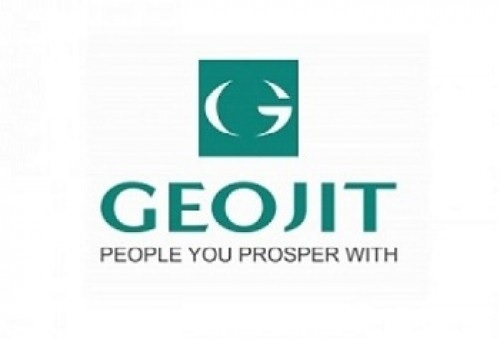
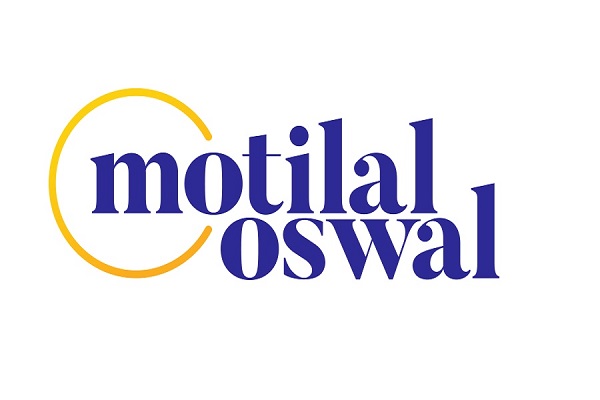


.jpg)





Tag News

Evening Roundup : A Daily Report on Bullion Energy & Base Metals for 09th December 2025 - Ge...

